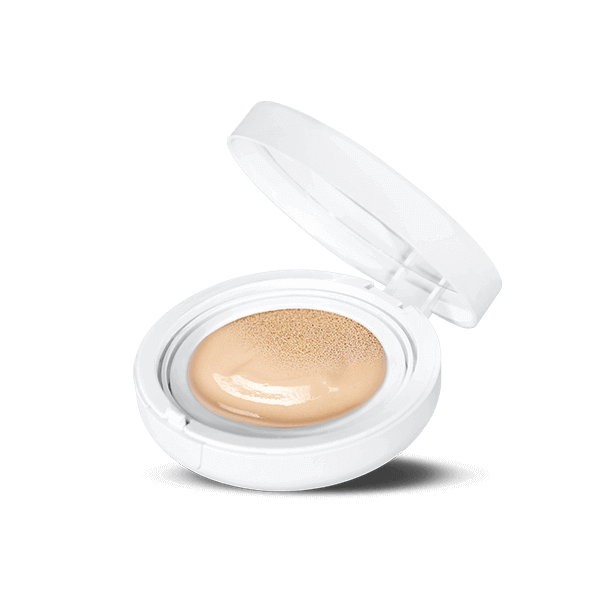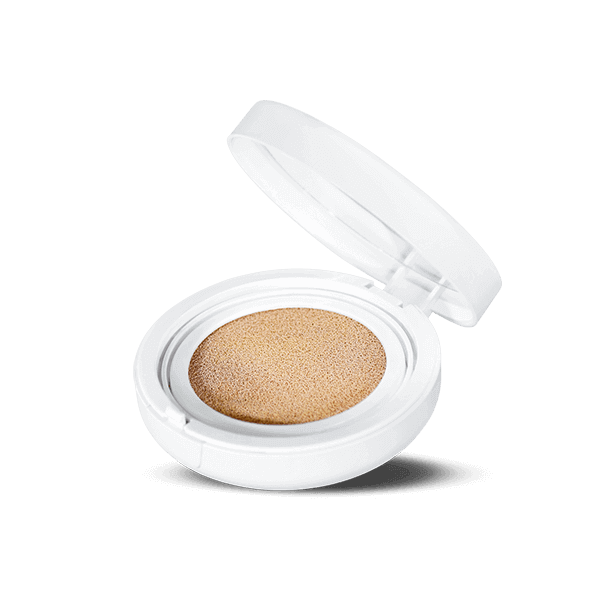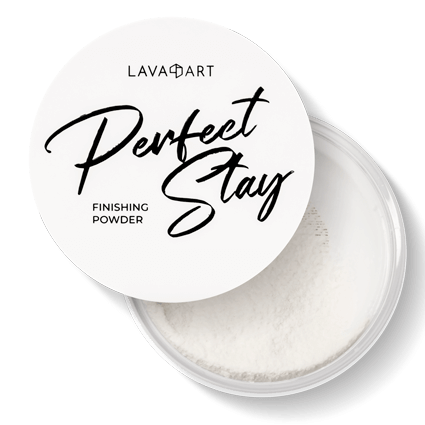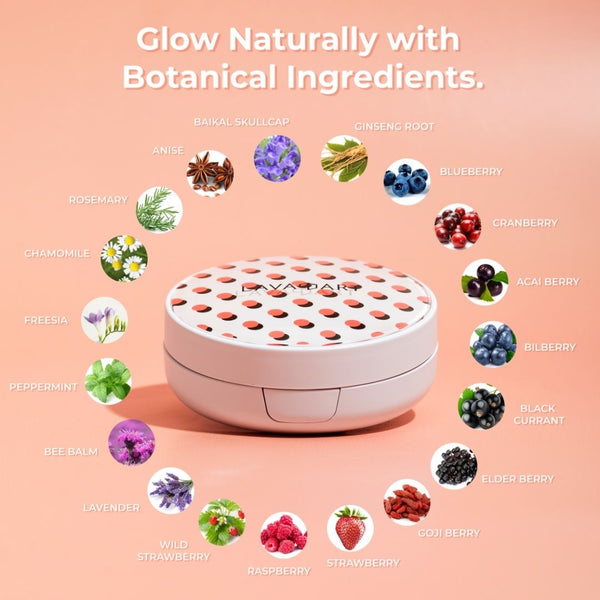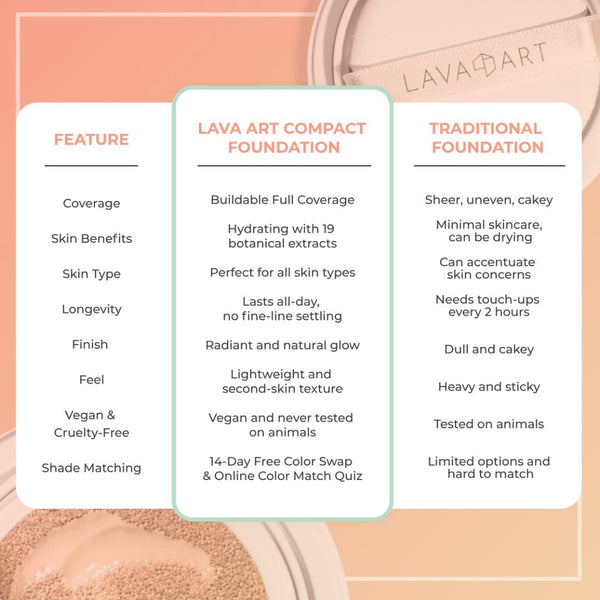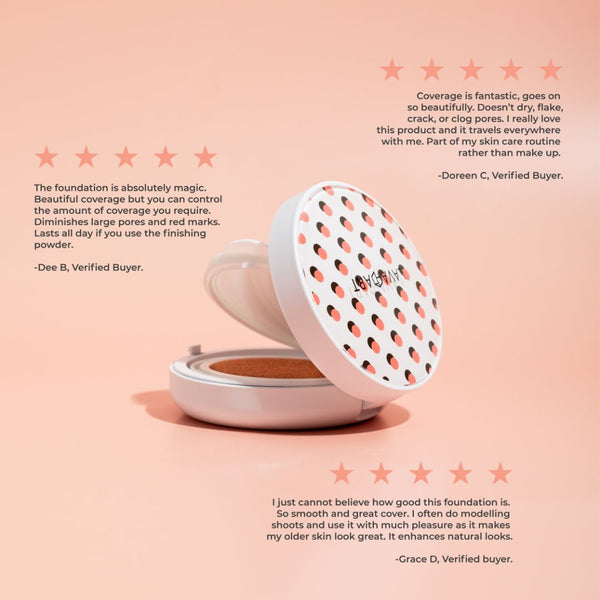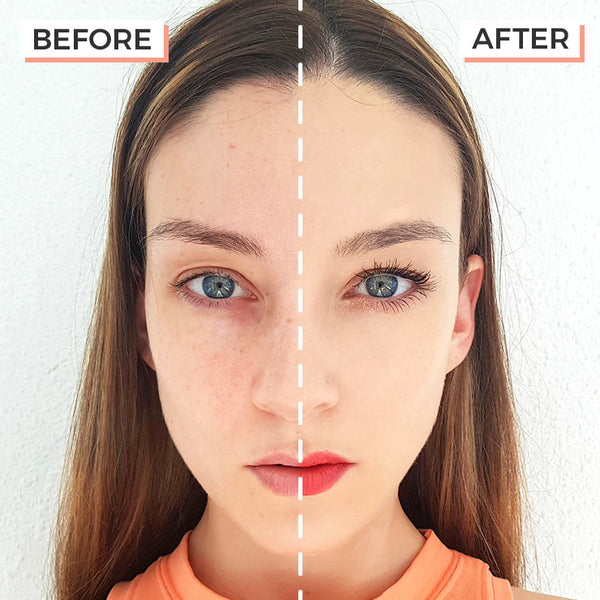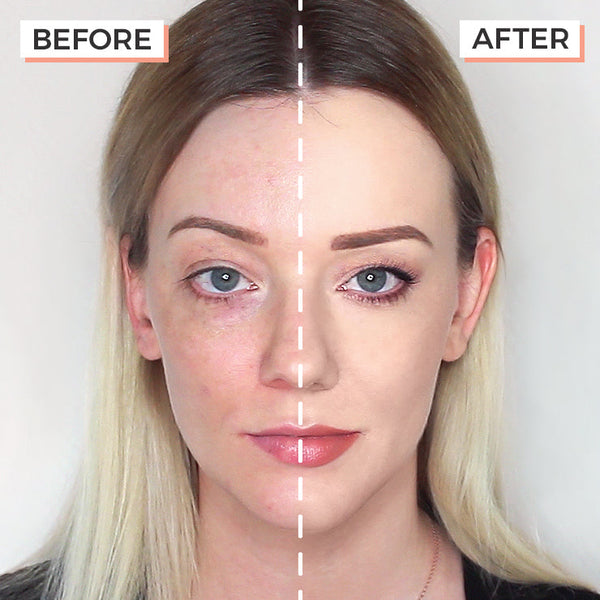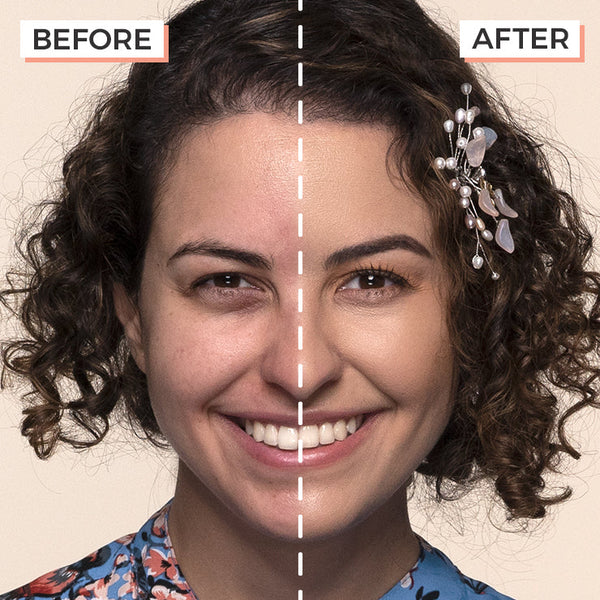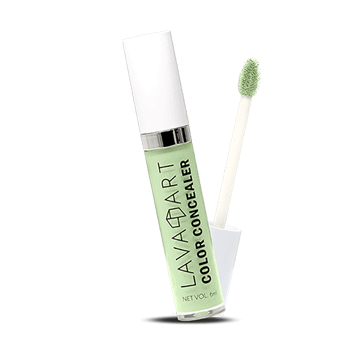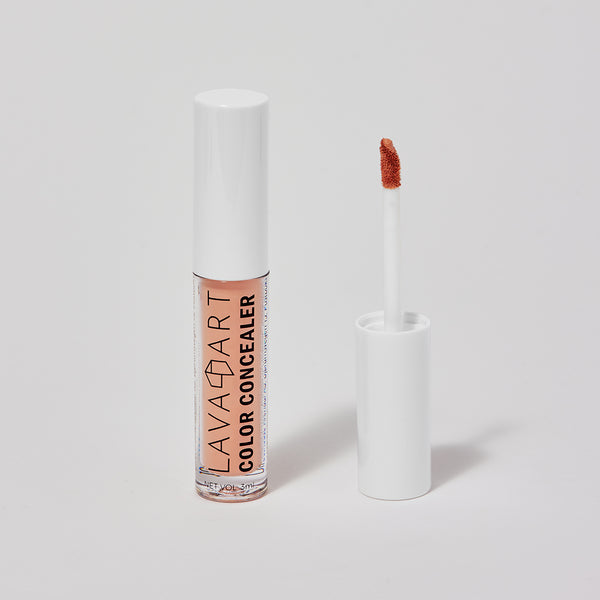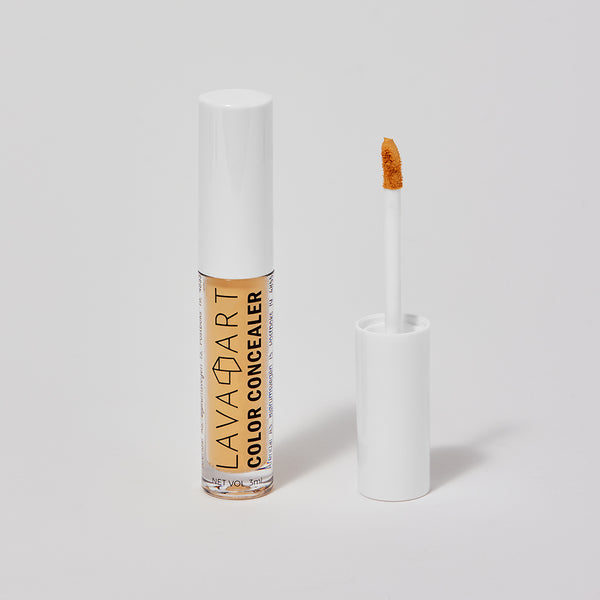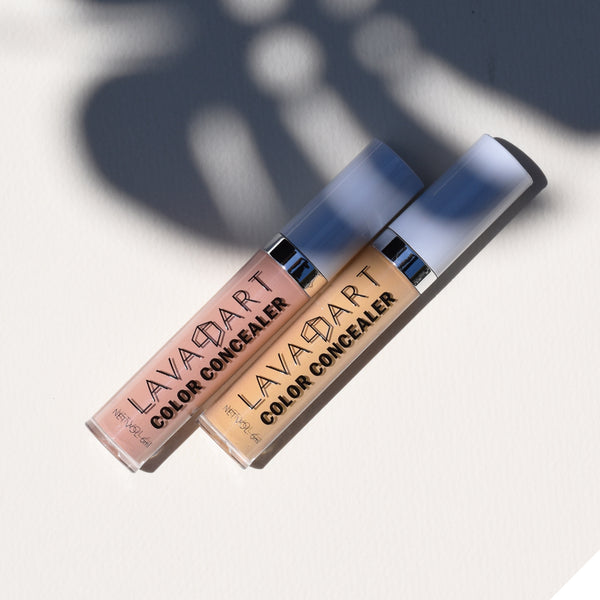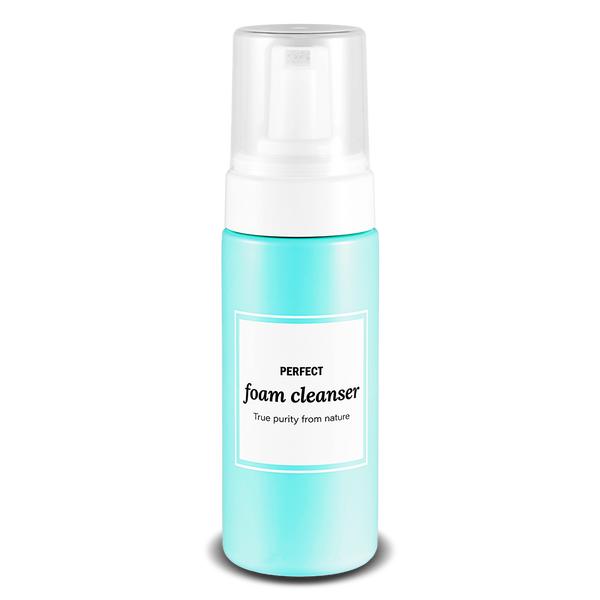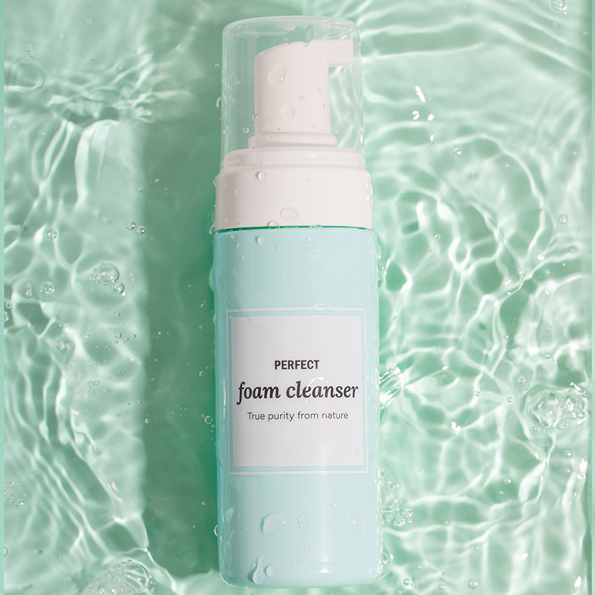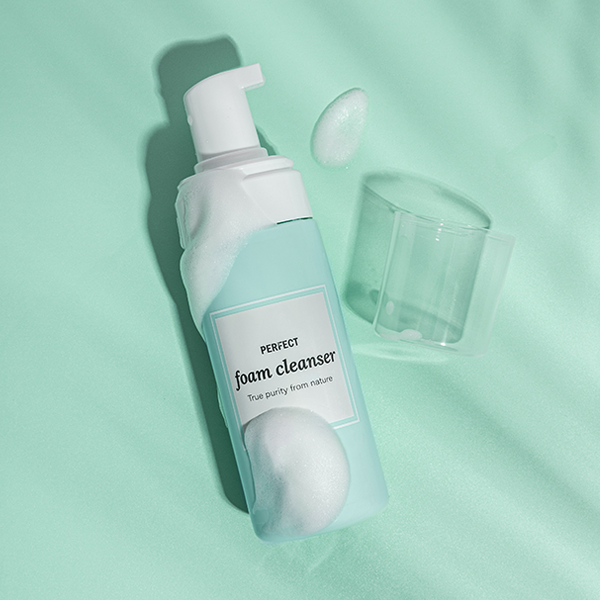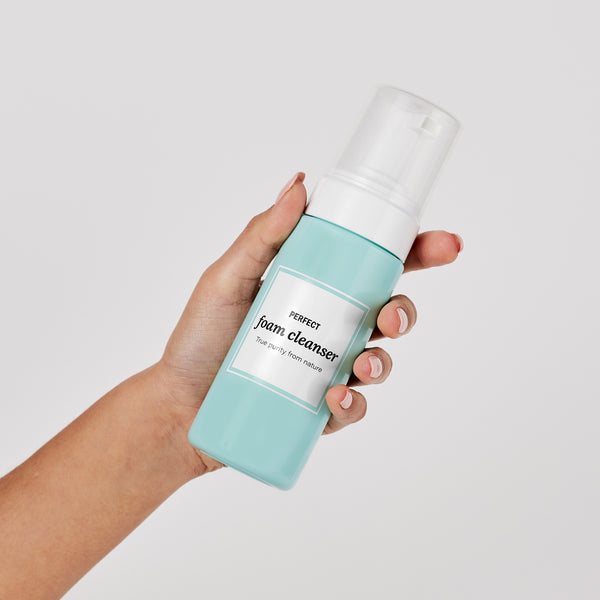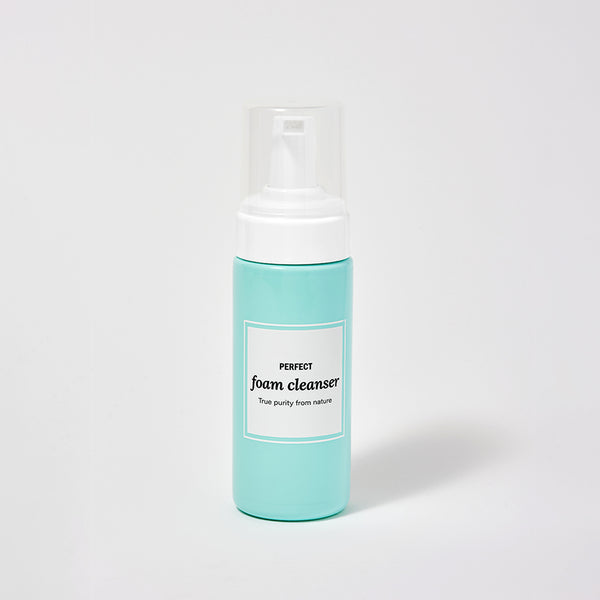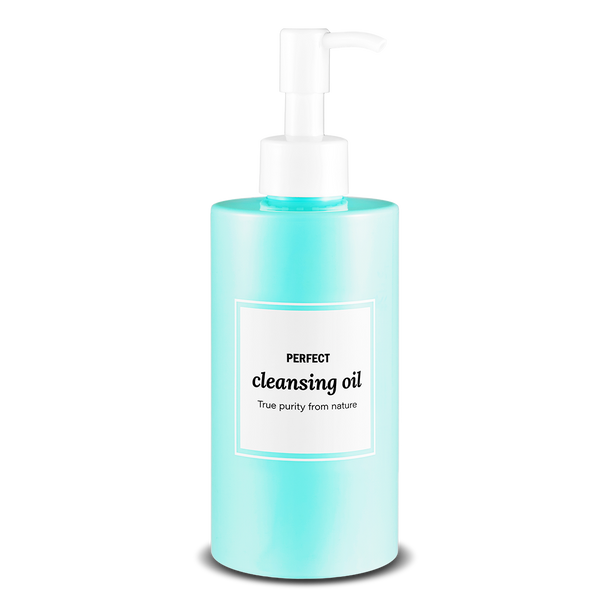Definition
Cosmeceutical is a hybrid word - a marriage (or mid-way point) between cosmetics and pharmaceuticals. Cosmeceuticals are topical and sold as cosmetics, with benefits that suggest something a little more medicinal. The most well-known ingredients are commonly found in nature - but more on that later.
Humans have been using herbs and other botanicals as medicine since ancient times. Many of the most popular plants used in premodern times can still be found in cleansers and lotions of today! But despite this, dermatologists and other professionals are still challenged with understanding the science behind it all. There's even a global discrepancy on how cosmeceuticals should be formally labeled; in the United States, they are considered and treated as a subclass of pharmaceuticals or drugs. In Europe, however, cosmeceuticals are seen as a subclass of cosmetics.
But regardless of how they are categorized globally, one thing is for sure: cosmeceuticals are only increasing in popularity! Let's look at how you may be using such products without even realizing it...
Categories and Uses
Cosmeceuticals utilize unique properties found in different ingredients to either aid or target specific areas. These categories include, but are not limited, to:
- Acne
- Scar reduction
- Moisturizing agents
- Skin lightening/brightening
- Anti-wrinkle care
- Sunscreens
- Antioxidants
For some fast examples, berries provide tons of antioxidants, peppermint leaf extract helps prevent acne, and rosemary can help protect skin cells from sun damage.
Indicators
There are tons of different ways for products to hint that they contain cosmeceuticals! Your favourite items may include some now! Look for these common phrases and indicators:
- Anti-aging
- Rhytide (wrinkle) reduction
- Anti-inflammatory
- Anything pigmentation-related (freckles, scars, melasma)
- So many more
Ingredients used for the above purposes include tea tree oil, which offers anti-inflammatory properties, and lavender essential oil, which may reduce the appearance of scars.
Popular Examples
We've already named quite a few, but check what you and your friends are using to see if they contain some of these other popular ingredients!
- Chamomile (the German one)
- Teas (black, white, and green)
- Soy
- Jojoba oil
- Rose oil
- Vitamin C
- Vitamin E
- Ceramides
- Aloe
This is not an exhaustive list, so your favourite skincare and makeup products may very well contain other botanical and cosmeceutical ingredients that have not been named above. Their scientific or Latin names also list many ingredients, so if you see Simmondsia Chinensis anywhere on your label, don't worry - that's just some jojoba oil!
Side Effects
Oh no, side effects?! Well, maybe! Skin sensitivity comes in all different shapes and colours...literally. There may be some products or ingredients that cause some irritation or burning sensations. Most side effects are very manageable and may just mean that you've discovered a new allergy for yourself. Yay! But if side effects worsen or persist, please call your doctor or dermatologist for some professional advice.
Bottom Line
Cosmeceuticals live somewhere between cosmetics and topical medicine. Many contain botanical ingredients, like herbs and essential oils, that help target and treat different skin conditions. From cleansers to lotions and everything in between, people love the benefits they see with various cosmeceuticals, and you've probably used many before without even realizing it! As always, there is a risk of your skin becoming irritated, but overall, the natural ingredients found in cosmeceuticals are happily helping moisturize, fade scars, and reduce blemishes on countless faces worldwide!
Have you been using any cosmeceutical products or ingredients yourself? Let us know in the comments below!
All the best,
The Lava Art Team
